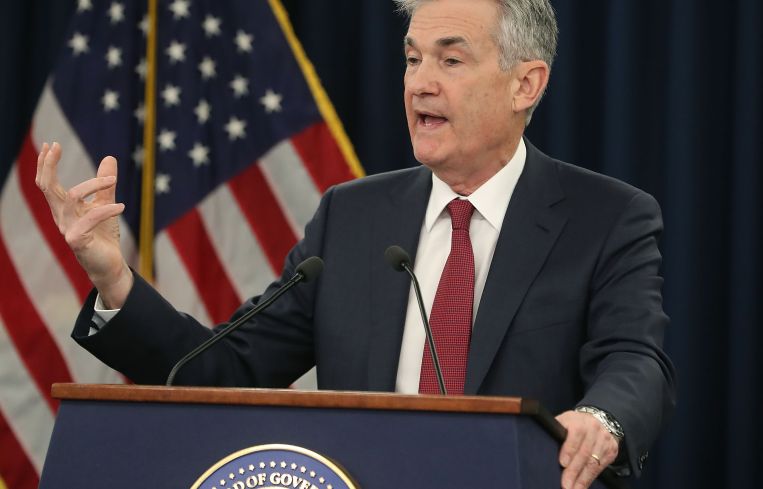Fed’s Biggest Interest Rate Hike in Decades Removes Some Uncertainty Facing CRE
By Andrew Coen June 15, 2022 6:55 pm
reprints
The Federal Reserve’s historic move Wednesday raising its benchmark interest rate by 75 basis points to combat inflationary pressures provides a necessary level of certainty to a commercial real estate industry that has been battling volatile market conditions in 2022, according to analysts.
The Fed’s first three-quarters of a percentage point hike since 1994 now places the benchmark federal funds rate at a range between 1.50 percent to 1.75 percent. Fed Chairman Jerome Powell also laid the groundwork at Wednesday’s meeting for interest rates to rise to 3.4 percent by the end of the year, which would be its highest level since 2008. Previous economic estimates in March projected rates to hit 2.5 percent by the end of 2022.
“This definitely removes short-term uncertainty,” said Zhijun Yang, a real estate finance professor at Metropolitan State University in Minneapolis. “It’s the right time for this.”
Yang said he hopes the aggressive Fed action, coupled with indications of another big hike at its next meeting, will provide initial steps to get the economy back to a more normalized footing. He stressed the previous uncertainty that existed about interest rates hurt the CRE industry since it left many borrowers wary of entering the market for deals.
“Everything will be very clear now,” Yang said. “The costs will be high in the short term, but that is a necessity.”
As recently as 10 days ago, economists had expected that the Fed would opt for a 50 bp increase before data showed more troubling signs of inflation. Fed officials emphasized in its post-meeting statement that “inflation remains elevated, reflecting supply-and-demand imbalances related to the pandemic, higher energy prices and broader price pressures.”
Sam Chandan, head of New York University’s Stern Center for Real Estate, said the highest Fed hike in nearly three decades was needed to combat a pace of inflation that is “unsustainable” and also reflects policy makers “playing catch-up” when rates were kept so low for a lengthy period. The central bank went nearly four years without raising rates until imposing a 25 bp hike in March when the federal funds rate was at near 0 percent.
Chandan said the CRE industry will be more impacted by long-term interest rates from the 10-year Treasury, which was at 3.4 percent Wednesday and in range to exceed 4 percent by year’s end.
“Lenders and investors will have to stress test against the risks of the 10-year Treasury going above 4 percent,” Chandan said.
The one property sector that could be positioned to withstand headwinds from a rising interest rate environment is multifamily since residential mortgage rates have been rising faster than short-term interest rates, which will create more renters in the market, according to Chandan.
Andrew Coen can be reached at acoen@commercialobserver.com.


